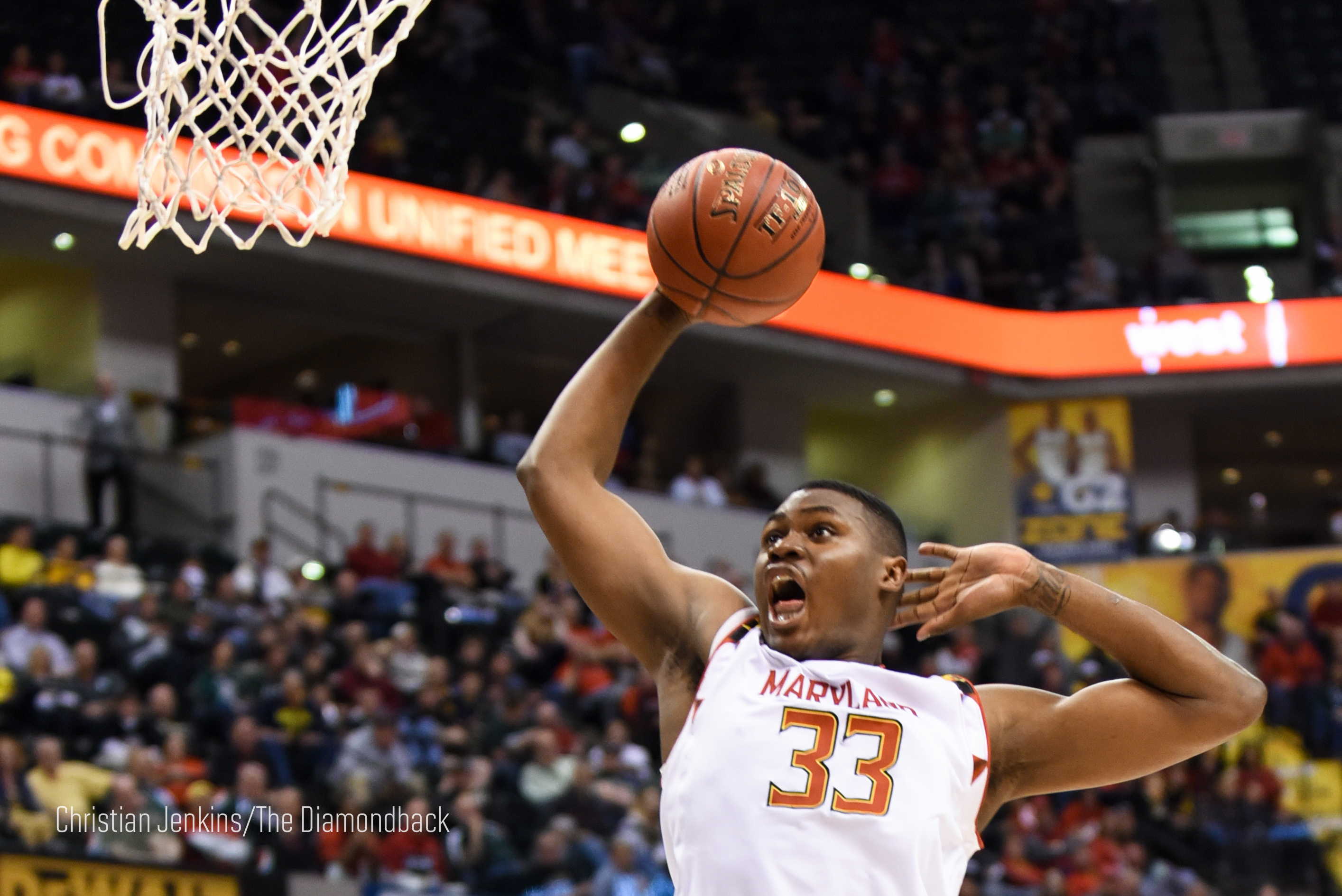Three in every 10,000 high school varsity basketball players will wind up in the NBA — that’s 0.03 percent, for those of you keeping score at home. The average NBA career lasts 4.8 years. That top 0.03 percent? Odds are they’ll be unemployed somewhere between the ages of 23 and 27. Some 60 percent of former NBA players have declared bankruptcy within five years of retiring. A hypothetical high school player who beats the odds and has an average NBA career is liable to be bankrupt by 30. It’s also overwhelmingly likely that he doesn’t have a college degree to fall back on.
The NBA has a provision in place that stipulates that players must attend a university for at least one year to become eligible to play in the league. The spirit of the rule, ostensibly, is to mandate at least a rudimentary college education. In practice, transcendent high school players stick around at a big school just long enough to become eligible and then enter the draft. Our very own Diamond Stone could be a perfect example of the “one-and-done” phenomenon. After all, the lure of NBA money and status is overwhelming — who would rather be in a lecture hall than on a chartered jet?
The best player in NCAA basketball right now is 19 years old. His name is Ben Simmons, and he’s 6-foot-10 and 240 pounds. He also isn’t a finalist for the Wooden Award — an annual honor bestowed upon the most outstanding player in the country (it’s essentially a basketball Heisman). Simmons isn’t eligible to win, because receiving the Wooden Award is contingent upon maintaining a 2.0 GPA. He has not. And if you ask him, he’s not particularly perturbed: “They talk about playing so much, and then they bring other stuff into it.” The other stuff, presumably, is classwork. “It’s their award,” he said. “I’m not too worried about it.”
The University of Maryland’s basketball team presents a convenient ideological counterpoint. Our own Varun Ram, all of 5-foot-9 and 155 pounds, is a pre-med student. As commentators are fond of pointing out when he checks into games, he has a 3.99 GPA. Melo Trimble (coincidentally, an actual finalist for the Wooden Award) calls Ram “probably the smartest guy on the team.” Once his basketball career is over, suffice it to say that Ram (and his physiology and neurobiology major) isn’t going to struggle to feed himself.
High school players all over the country see Simmons and put themselves in his shoes. Untapped potential, limitless athleticism and, barring injury, a productive NBA career all beckon. What they don’t see is that, well, they’re not Simmons. Let’s remember that 0.03 percent of high school players make the NBA at all, and after some 4.8 years, the average player is done. Those odds and that time frame should speak to the imperativeness of some substantive college education. “Graduating from college,” the NCAA writes, “is as important an achievement as winning on the field.” It’s curious how it has created a system that says the opposite. Ultimately, that comes at the expense of undereducated, bankrupt former professional athletes.
High school kids busy venerating Simmons should shift their gazes down some 13 inches and take a good, hard look at Ram. His achievements on the court and in the lecture hall is testament that having a backup plan outside of basketball isn’t impossible, nor is it a bad idea considering the odds.
Jack Siglin is a junior physiology and neurobiology major. He can be reached at jsiglindbk@gmail.com.



